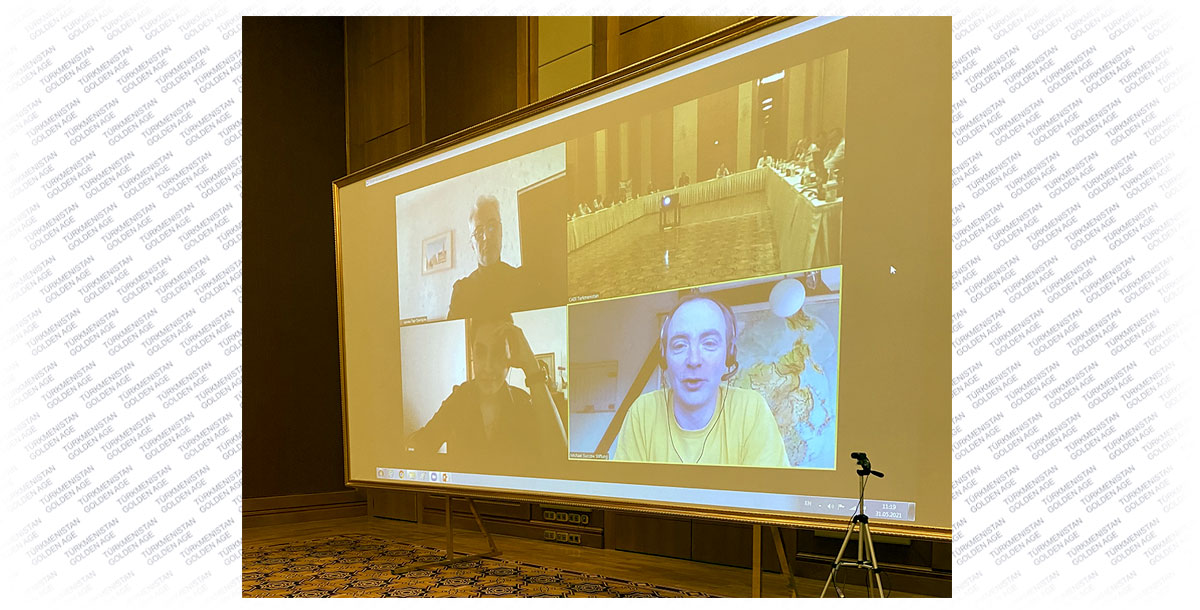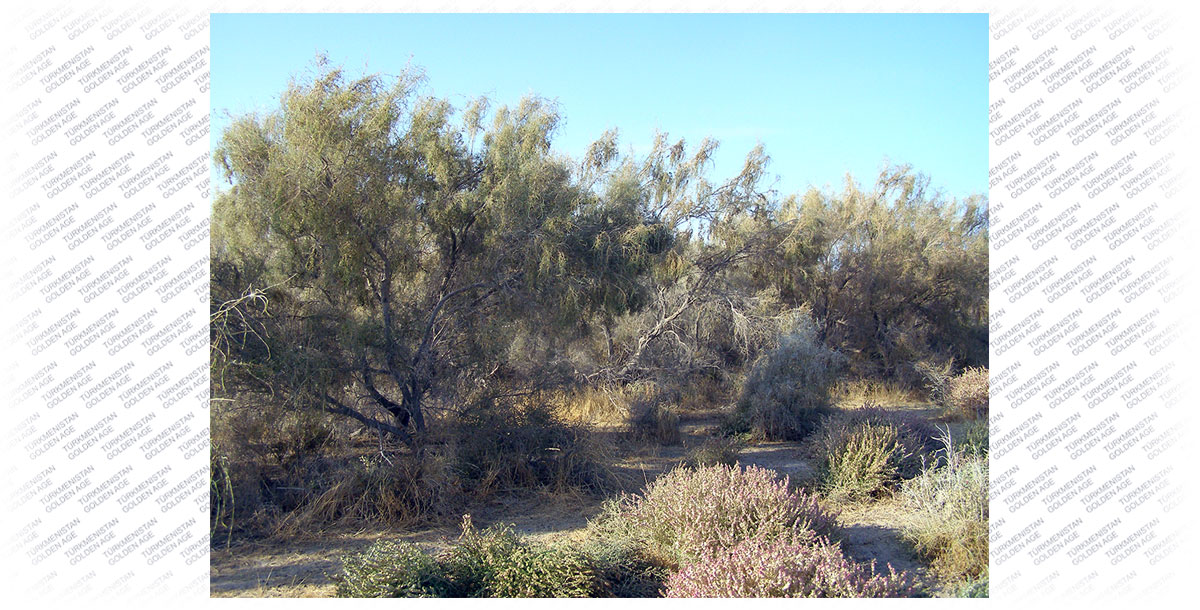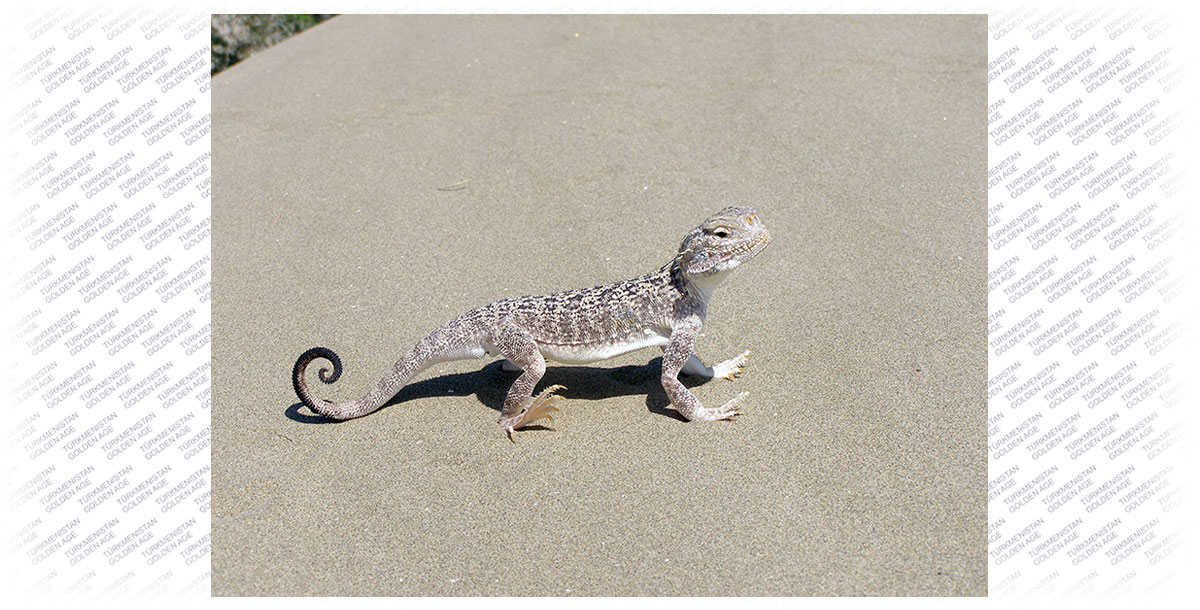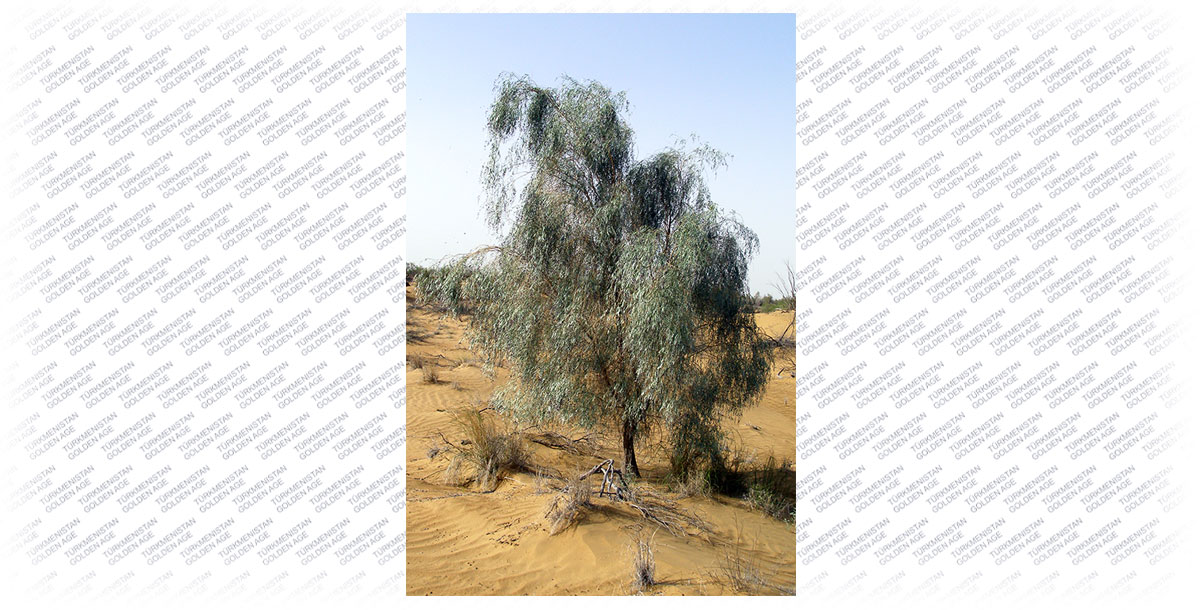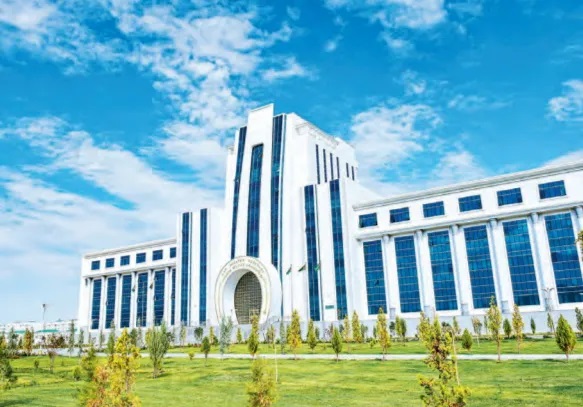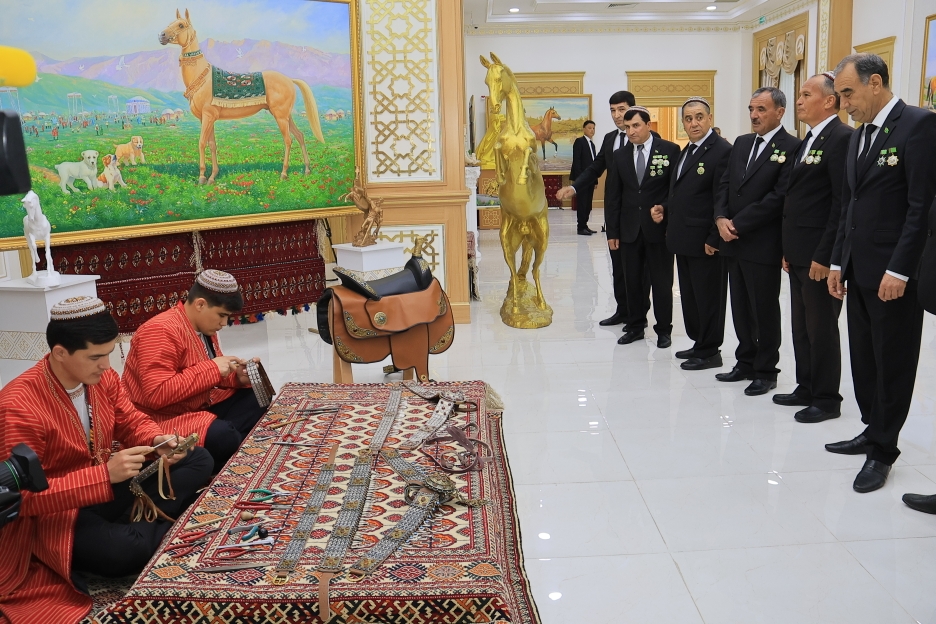Theoretical trainings on monitoring biodiversity in specially protected natural areas were held in the last days of May, on the basis of the Kopetdag reserve, which were organized within the framework of the implementation of a joint project of the Ministry of Agriculture and Environmental Protection of Turkmenistan (MAEP) and the Michael Zukkov Foundation for Nature Conservation (MSF, Germany) Central Asia Desert Initiative (CADI).
The goal of the project is to promote the conservation of biological diversity and the development of ecosystem functions of the deserts of Turkmenistan. The project provides for the preservation of the nature of desert landscapes by improving the infrastructure, expanding the territory and improving the management of specially protected natural areas, training their personnel. The project provides investments in protected areas, in the development of recommendations for measures to build their capacity, as well as in the preparation of a nomination dossier on the desert ecosystems of Turkmenistan for consideration and inclusion in the UNESCO World Heritage List.
The implementation of the CADI project requires from the reserve staff participating in it - high professional training, familiarity with the general methods of conducting scientific research and monitoring, maximally adapted to the specifics of each of the protected areas.
The training was attended by the heads of scientific departments of 9 reserves of Turkmenistan, as well as employees of the Kopetdag and Bereketli-Garagum state natural reserves. The training was conducted by independent experts of the CADI project in the following sections: higher plants, amphibians and reptiles, birds and mammals. They prepared proposals for the development of methods and sites for monitoring biodiversity objects of the proposed Turkmen cluster of the regional nomination "Turanian deserts of the temperate zone".
The Turkmen cluster of the regional nomination "Turanian Deserts of the Temperate Zone" will be nominated for the UNESCO World Heritage List in 2022. The cluster consists of three pilot specially protected natural areas - temperate deserts, which include three landscapes that differ significantly from each other in many details of the biotopic structure and composition of biodiversity objects. Two of them - the Gaplangyr State Natural Reserve and the Repetek State Biosphere Reserve - have wildlife sanctuaries represented by wetlands, which significantly expands the species composition of their biodiversity.
When developing the research program, it was proposed to take into account the specifics of the ecosystems of each of these reserves, to identify reference areas, taking into account their current state and representativeness for most of the territory. Plant communities and species that maximally reflect the state of protected areas, where it will be relatively easy and quick to determine the positive or negative impact of anthropogenic and biotic factors should be selected as "flags".
They should be observable and easily recognizable using compact field guides. The importance of giving special attention to “Red Data Book” and endemic species was also emphasized. Preliminary mapping of the territory is necessary to study them. Taking into account the long distances and inaccessibility of many areas, a promising method is the installation of camera traps, the data on which can accumulate for a rather long period.
After a theoretical course and practical exercises, a group of experts, together with specialists from protected areas, continued to work in the field in three pilot areas of the project: Bereketli-Garagumsky, Repeteksky and Gaplangyrsky reserves. Routes were developed on the ground, the timing and frequency of their implementation were determined, after the approval of which, they will become the basis for future research and monitoring plans in accordance with the requirements of the legislation of Turkmenistan and the provisions of UNESCO.
Based on the materials of theoretical and practical field training, it is planned in the future to prepare and publish methodological manuals, field guides in various areas to facilitate the work of employees of scientific departments of reserves on monitoring biodiversity components.
Shirin KARRYEVA,
Head of the project "Central Asia Desert Initiative"




